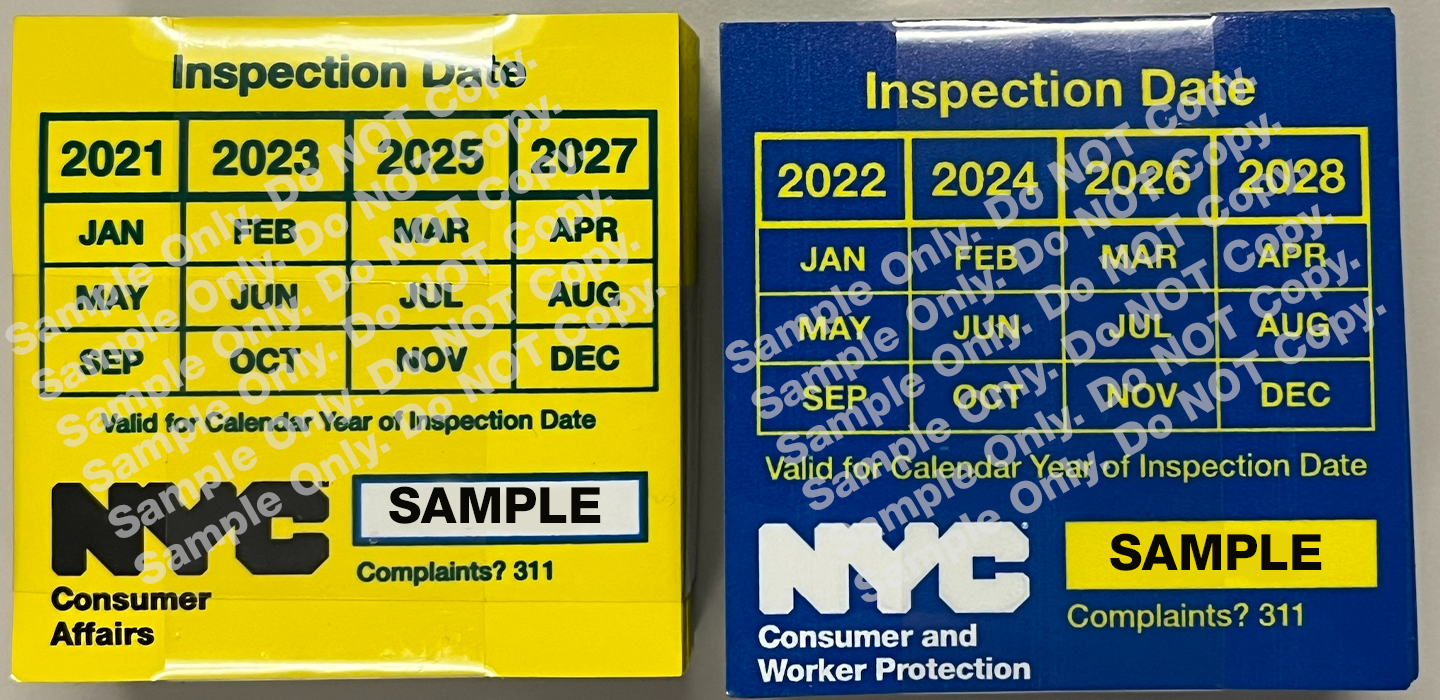
 Consumer and Worker Protection311
Consumer and Worker Protection311 Search all NYC.gov websites
Search all NYC.gov websites
Obtenga consejos para estaciones de gasolina
Things to Look Out for at the Gas Pump
The Department of Consumer and Worker Protection (DCWP) created these tips to help drivers save money and stay safe when pumping gas.
Compare prices.
Use a gas price app or website to compare gas prices at nearby stations to instantly find the best price for you. Not only can this save you money, but can also save you time and gas by not having to drive around to find the best deal.
Look for prices and DCWP seal.
Each gas pump must display the price per gallon before you begin to pump—make sure the pump is set at “zero” before you start. And it must display the total price and amount of gas once you finish pumping. The posted prices must include the methods of payment. If it costs more to use credit and/or debit, that higher price must be posted and show the methods of payment that it applies to.
Make sure to also look for the DCWP seal on gas pumps, which shows they passed inspection. DCWP conducts annual inspections to check the accuracy and quality of gasoline dispensed by NYC gas stations.

DCWP applies an inspection seal to devices, including scales, home heating oil delivery trucks, and gas pumps that pass annual inspection. The seals are blue for years that end in an even digit (e.g., 2024) and yellow for years that end in an odd digit (e.g., 2025).
Test the pump.
Examine that the pump is working properly by testing it out and checking for any leaks. Make sure that the meter is not running without any gas coming out. If you find that a pump is faulty before using it, switch to a pump that is more usable.
Don’t pay for extra stuff.
By law, gas stations cannot require you to buy another service or product or require membership as a condition to buy gas. Gas stations must accept cash payments unless they have a machine to convert cash to a prepaid card. It is illegal to charge more for paying in cash.
Protect your credit card.
- Keep an eye on your card if you have to give it to the store clerk to pay. If paying directly at the pump, use the pumps closest to the attendants and, at night, the pumps that are best lit.
- Beware of card skimmers, which are devices attached to ATMs or credit card machines in order to steal consumers’ credit card and PIN numbers. These devices can look identical to the real device and contain electronic recorders that will capture the financial information from your card. Take a close look at the ATM or credit card machine. Does anything look unusual? Is a piece loose or out of place? Is the keyboard raised or a different color? Don’t use it if it looks as if it’s been tampered.
- Avoid swiping your card. Many stores are switching to chip-card readers, which have better security. If it’s an option, insert your card into the chip-reader, or simply tap your card on the reader for contactless payment. If you have the option, use a credit card instead of a debit card because credit cards have stronger fraud protection and won’t ask for your PIN. If using your debit card, choose credit whenever possible to avoid entering your PIN.
- Cover your keypad when entering your PIN so it can’t be seen by another customer or an illegal camera.
- Don’t use an ATM or credit card machine that has been tampered. Report it to the gas station attendant. If you think you’re a victim of identity theft, act quickly. Read DCWP’s identity theft prevention tips.
File a complaint.
If you have a consumer issue with a gas station, file a complaint with us at nyc.gov/dcwp or call 311.



